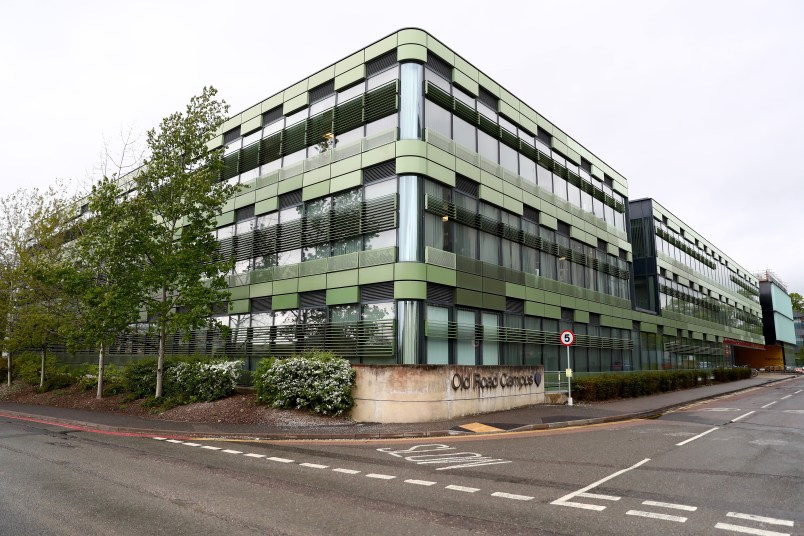LONDON (AP) — British researchers testing an experimental vaccine against the new coronavirus are moving into advanced studies and aim to immunize more than 10,000 people to determine if the shot works.
Last month, scientists at Oxford University began vaccinating more than 1,000 volunteers in a preliminary study designed to test the shot’s safety. Those results aren’t in yet but on Friday, the scientists announced they’re expanding to 10,260 people across Britain, including older people and children.
If all goes smoothly, “it’s possible as early as the autumn or toward the end of the year, you could have results that allowed use of the vaccine on a wider scale,” predicted Andrew Pollard, head of the Oxford Vaccine Group.
But Pollard acknowledged there were still many challenges ahead, including how long it will take to prove the vaccine works — particularly since transmission has dropped significantly in Britain — and any potential manufacturing complications.
The Oxford shot is one of about a dozen experimental vaccines in early stages of human testing or poised to start, mostly in China, the U.S. and Europe. Scientists have never created vaccines from scratch this fast and it’s far from clear that any of the candidates will ultimately prove safe and effective.
Moving on to such a huge late-scale test doesn’t guarantee the Oxford candidate will reach the finish line, either. Pollard couldn’t provide any data from the first tests, but said an oversight board hasn’t seen any indications of worrisome side effects.
A small study in monkeys offers a note of caution: The Oxford team and researchers from the U.S. National Institutes of Health found the vaccine protected against pneumonia but didn’t eliminate the coronavirus in the nose. Pollard said it was still an open question whether the shot could make a dent in how the disease spreads.
Another question addressed in the next stage of testing is how the shot will affect older adults, who are at high risk from COVID-19. Pollard noted those over 70 often don’t get as much protection from vaccines as younger people.
Earlier this week, drugmaker AstraZeneca said it had secured its first agreements to produce 400 million doses of the Oxford-developed vaccine, bolstered by a $1 billion investment from a U.S. government agency.
The AstraZeneca investment hopefully will make the vaccine available globally, including in developing countries, said Lawrence Young of the University of Warwick. But he cautioned the shot’s effectiveness still is unclear, citing the monkey research.
“This raises serious questions about the ability of this vaccine to protect against infection in humans and to prevent virus transmission,” he said in a statement. “We need to be urgently exploring other vaccine candidates.”
Often, possible vaccines that look promising early fail after testing expands to thousands of people — one reason the crowded field is important. Many of the candidates work in different ways, and are made with different technologies, increasing the odds that at least one approach might succeed.
Most of the vaccines in the pipeline aim to train the immune system to recognize the spiky protein that studs the new coronavirus’ outer surface, so it’s primed to attack if the real infection comes along. The Oxford vaccine uses a harmless virus — a chimpanzee cold virus, engineered so it can’t spread — to carry genes for the spike protein into the body. A Chinese company created a similar shot.
Other leading vaccine candidates, including one from the NIH and Moderna Inc., and another by Inovio Pharmaceuticals, simply inject a piece of the coronavirus genetic code that instructs the body itself to produce spike protein that primes the immune system.
Meanwhile, companies and governments are beginning to scale up production now, aiming for hundreds of millions of doses of the candidates they think might win the vaccine race.
It’s a huge gamble that could waste a lot of money if their choices fail and must be thrown away. But if they get lucky and a stockpiled vaccine pans out, it could help mass vaccinations start a few months faster.
___
Neergaard reported from Alexandria, Virginia.
___
The Associated Press Health and Science Department receives support from the Howard Hughes Medical Institute’s Department of Science Education. The AP is solely responsible for all content.



